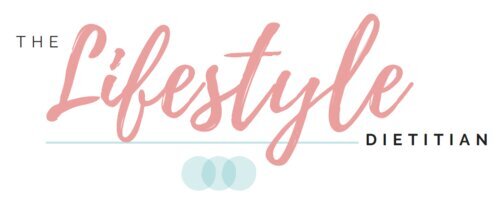SHOULD I CUT OUT GLUTEN, DAIRY AND SOY FOR ENDOMETRIOSIS?
When it comes to Endometriosis, diet can play a significant role in managing painful symptoms. But more often than not we hear messages telling us to cut out specific foods. So what is the scientific evidence behind these claims? Let’s take a look at the top three foods commonly recommended to eliminate with endo.
SHOULD I AVOID GLUTEN?
Gluten is the protein found in wheat, barley and rye that must be eliminated in Coeliac Disease. Recently, it has also been linked to diarrhoea, constipation, bloating and abdominal pain in those without Coeliac Disease. As endometriosis also involves these gut symptoms, one small study investigated a 12 month gluten-free diet in endometriosis and found 75% of the women reported significantly less pain! Whether this was due to removing gluten or another gut irritant also found in these foods called “fructans” is still not clear. This makes achieving complete symptom relief tricky, as many gluten-free foods contain fructans and vice versa. Gluten-containing whole grains are also rich in the fibre, which plays an important role in excreting excess oestrogen, the main driver of endometriosis. Key take home - if you decide to trial a gluten free diet, be sure to replace gluten-containing foods with high fibre alternatives like quinoa and brown rice.
SHOULD I CUT OUT DAIRY?
Milk, yoghurt, cheese and other dairy products are often labelled inflammatory and anecdotally blamed for triggering gut symptoms and pain. Currently, we do not have good scientific evidence to support this specifically in endometriosis. Some individuals may be intolerant to the naturally occurring lactose or A1 protein found in dairy products but this is regardless of whether they have endometriosis or not. If you experience dairy sensitivity, choose lactose-free alternatives, dairy foods naturally low in lactose (like hard cheeses and yoghurt), A2 milk or calcium-rich plant-based milks to ensure you don’t miss out on key nutrients.
IS SOY BAD FOR ME?
Soy products like tofu, tempeh, edamame and soy milks contain phytoestrogens called isoflavones. These are plant compounds that mimic oestrogen in the body. Reducing phytoestrogen intake is thought to help endometriosis as the condition is driven by excess oestrogen in the body. But this doesn’t appear to be the case! In fact, isoflavones have an anti-oestrogenic effect when oestrogen levels are high in the body. Soy products are therefore safe to eat, especially for vegetarians and vegans as soy is a primary source of protein, iron, zinc and calcium. Opt for unprocessed soy like tofu, tempeh, edamame and soy milk over the ultra-processed fake meats (majority of the time these are loaded with higher amounts of salt and saturated fat).
While it may be tempting to cut out foods to manage endometriosis pain, knowing what is supported by science is important as you may be left with a diet lacking in nutrients for overall health.
